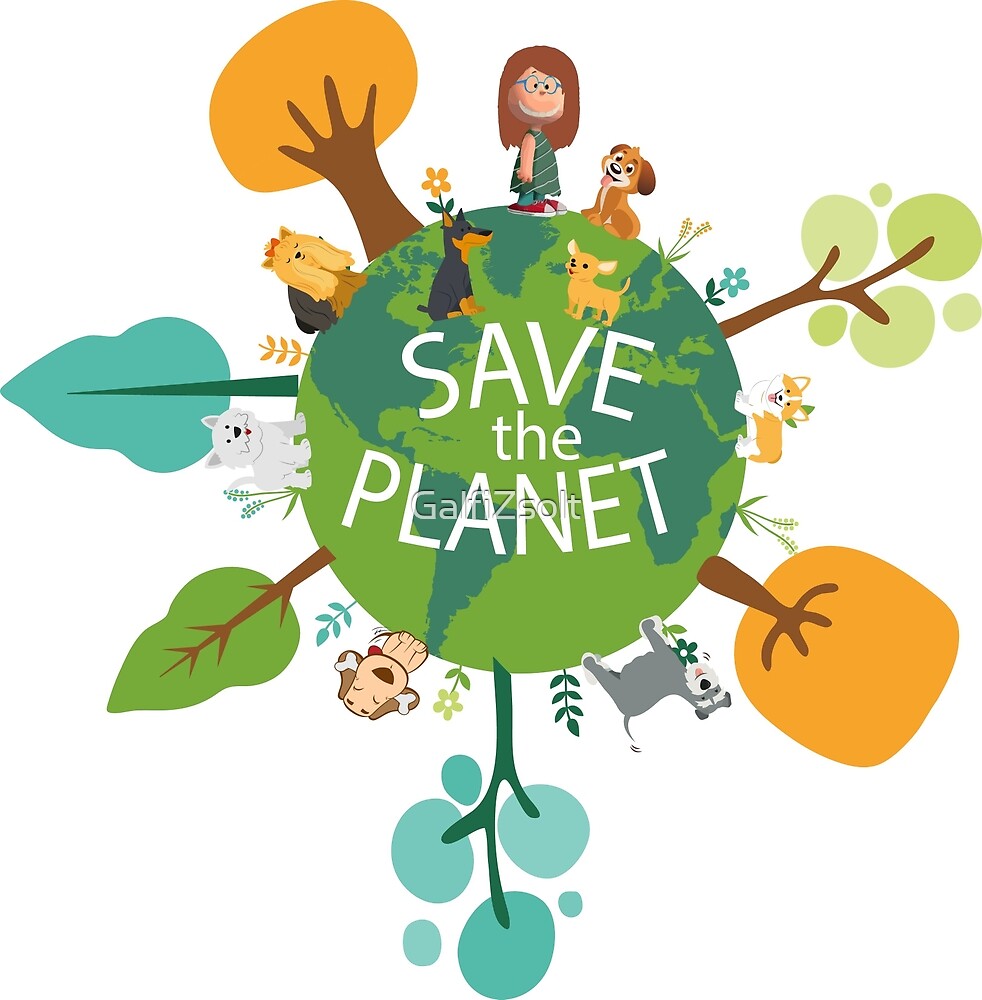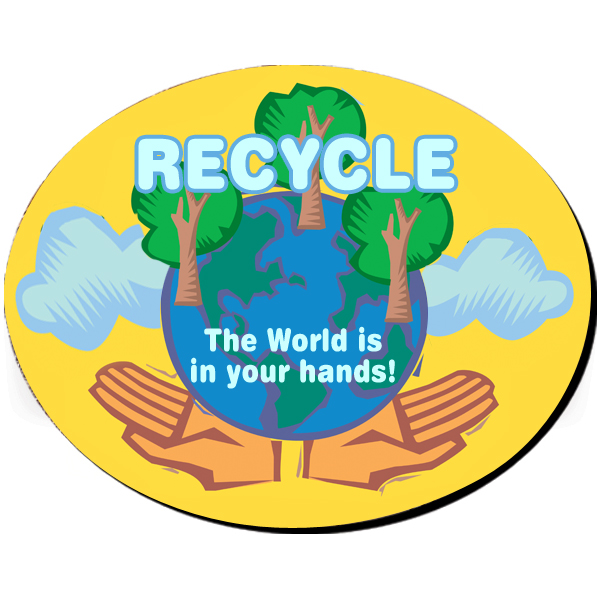What is happening in our Year 2 classroom …
Welcome to Term 2 in Humanities and Social Sciences (HASS).
This term students will engage in a unit of work which aims to develop their HASS inquiry skills. The unit has been designed to increase students understanding of History and the impact of changing technology, such as transport, has on people’s lives in both the past and present. By engaging in this unit, students will strengthen their Literacy skills by engaging in discussions and questioning and interpreting different texts types and images (Hoodless, 2009).
 |
| Figure 1. Kremena T. Spengler (2020). |
The Project
Throughout the project, students will engage in class discussions and inquiry-based learning experiences, considering the following key inquiry questions: Why/how has transport changed over time? How is the transport you use today different to your grandparents when they were your age? Do you think transportation has impacted the way we live?To begin, I will activate student’s prior knowledge. Students will be shown photographs of the different modes of transportation from periods in the past. As a class, we will discuss what they already know about the history of transport. Students’ ideas will be recorded on a KWL chart (see below).
 |
| Figure 2. K-W-L Chart (2020) |
Students will then visit the local heritage museum where they will be taken on a guided tour that shows the different modes of transport and how they have changed over time. Students will be asked to consider the following questions: How is transport today, similar to or different from the past eras? How has transport impacted people’s lives in the past and present?
 |
| Figure 3. Gold Coast Heritage Museum (2020) |
On return, students will engage in multiple inquiry-based learning activities:
• Students will participate in a survey where they will be asked how they get to and from school. They will discuss the results and consider the most sustainable mode of transport.
• Students will create a short story book, illustrating how travel has changed over time.
• Students will demonstrate their role as active citizens by planning a ‘walk to school day’. This not only encourages students to sustainable transport but inspires a more active/healthy lifestyle.
AUSTRALIAN CURRICULUM LINKS:
· HISTORY (Grade 2): ACHASSK046, ACHASSI034, ACHASSI037, ACHASSI039
· CIVICS & CITIZENSHIP (Grade 3): ACHASSK072
Gilbert and Hoepper (2014) state there are a number of C&C issues embedded in historical contexts and vice-versa; which is why teaching these topics together is pedagogically appropriate. By engaging students in historical thinking of the past, they will come to value past events and changes. It will deepen their understandings of the present-day as well as the enduring significance of those in the past. They will use these understandings to contribute to preferred futures both locally and globally (Commonwealth of Australia, 2009).
Parents involvement in their Childs learning is something our school values, which often leads to an increase in students’ self-esteem, motivation and improved attitudes (Rockwell, Andre & Hawley, 2010). We would love you to come along to our classroom on Friday 12th June, where I am sure students will be eager and excited to present you their transportation history story books and inform you about our ‘walk to school day’.
Thank you for your continuous support and I am confident that your child will enjoy participating in this unit of work.
References
Australian Curriculum, Assessment and Reporting Authority. (2020a) The Australian Curriculum: Humanities and Social Sciences (Version 8.1). (Humanities and Social Sciences, all year levels, all curriculum elements, all curriculum dimensions). Retrieved from http://www.australiancurriculum.edu.au/download/f10.
Australian Curriculum, Assessment and Reporting Authority. (2020b). Literacy. Retrieved from https://www.australiancurriculum.edu.au/f-10-curriculum/general-capabilities/literacy/
Australian Curriculum, Assessment and Reporting Authority. (2009c). Shape of the Australian Curriculum: History. Retrieved from https://docs.acara.edu.au/resources/The_Shape_of_the_Australian_Curriculum_V3.pdf
Commonwealth of Australia. (2009). Effective practice in Civics and Citizenship Education. Australian Government, ACT: Department of Education.
Gilbert, R. & Hoepper, B. (Eds.). (2014). Teaching humanities and social sciences: history, geography, economics & citizenship (5th ed.). Southbank, VIC: Cengage Learning.
Hoodless, P. (2009). Teaching humanities in primary schools. Exeter: Learning Matters.
Rockwell, R., Andre, L., & Hawley, M. (2010). Families and educators as partners (2nd ed.). Belmont, CA: Cengage Learning.


